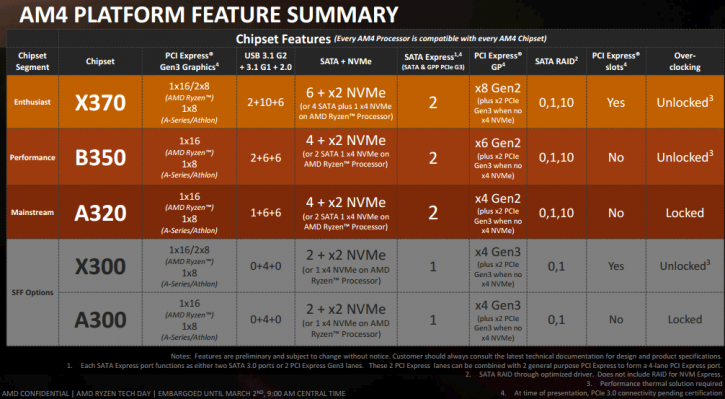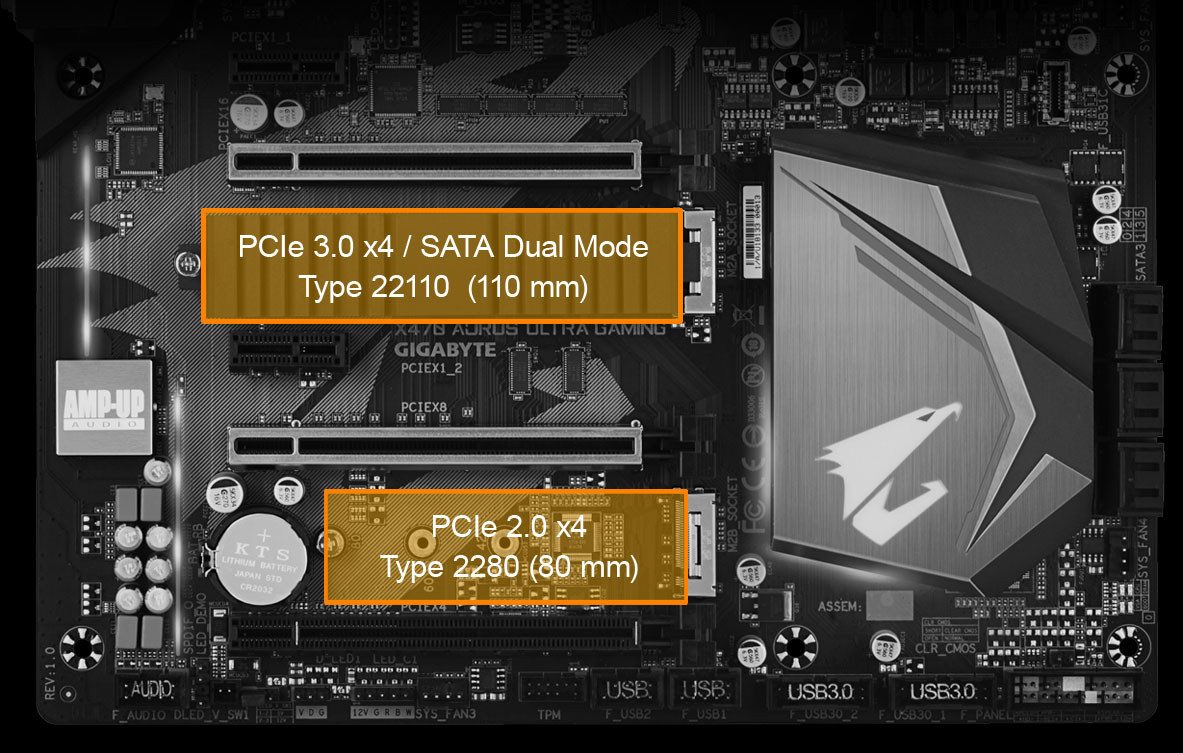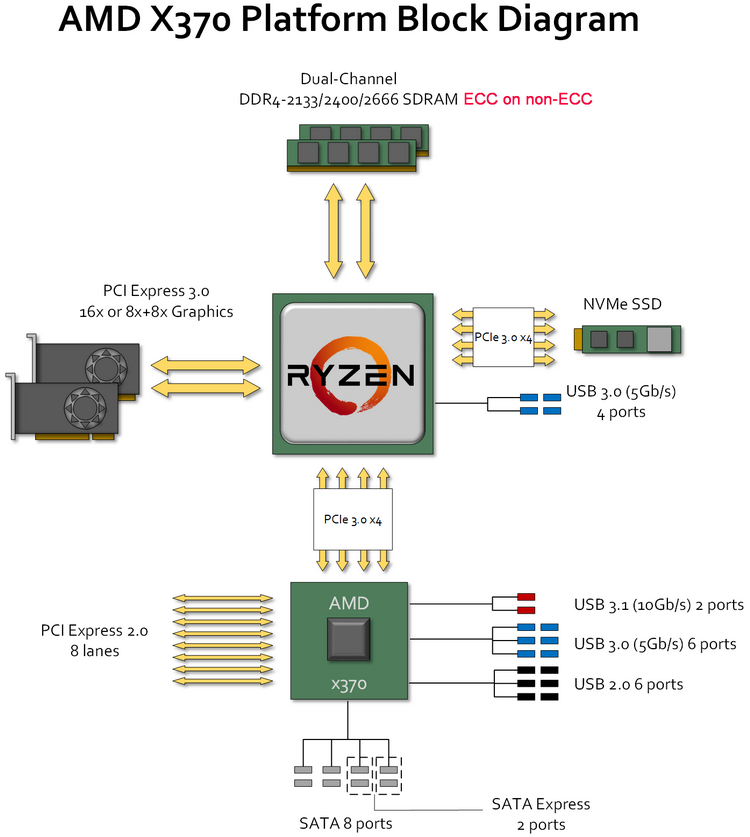dvsman
2[H]4U
- Joined
- Dec 2, 2009
- Messages
- 3,628
So I'm migrating from a 5930K setup to a 2700x+Asrock Taichi x470 setup and for the life of me I can't figure out how to move my 2 raid arrays.
Using Windows and /or Intel RST I had a 4x SSD RAID0 and a 2x HD RAID1 - both were setup and worked without problems.
Setting up my HD array (2x 3TB in RAID1) in the new rig was easy since it was a Windows RAID.
My 2nd array originally under Intel RST, a 4x 1TB Micron M600 SSD in RAID0 I erased / unRAIDED and tried to setup fresh and new on the AMD.
I can only get a 4 drive array to work if I use Windows built in Disk Management RAID0.
Using AMD's RAIDXpert2 I can only do 2x drives in raid or multiple 2x drives in a RAID10 setup.
Is there a 2 drive license limit in AMD setups that the old Intel RST didn't have?
My main / boot drive are newer NVME m.2 drives so not in the RAID arrays / are not my primary drives anyway. It's just annoying to see them put an artificial limit / pay wall up if that's what this is.
Using Windows and /or Intel RST I had a 4x SSD RAID0 and a 2x HD RAID1 - both were setup and worked without problems.
Setting up my HD array (2x 3TB in RAID1) in the new rig was easy since it was a Windows RAID.
My 2nd array originally under Intel RST, a 4x 1TB Micron M600 SSD in RAID0 I erased / unRAIDED and tried to setup fresh and new on the AMD.
I can only get a 4 drive array to work if I use Windows built in Disk Management RAID0.
Using AMD's RAIDXpert2 I can only do 2x drives in raid or multiple 2x drives in a RAID10 setup.
Is there a 2 drive license limit in AMD setups that the old Intel RST didn't have?
My main / boot drive are newer NVME m.2 drives so not in the RAID arrays / are not my primary drives anyway. It's just annoying to see them put an artificial limit / pay wall up if that's what this is.
Last edited:
![[H]ard|Forum](/styles/hardforum/xenforo/logo_dark.png)




